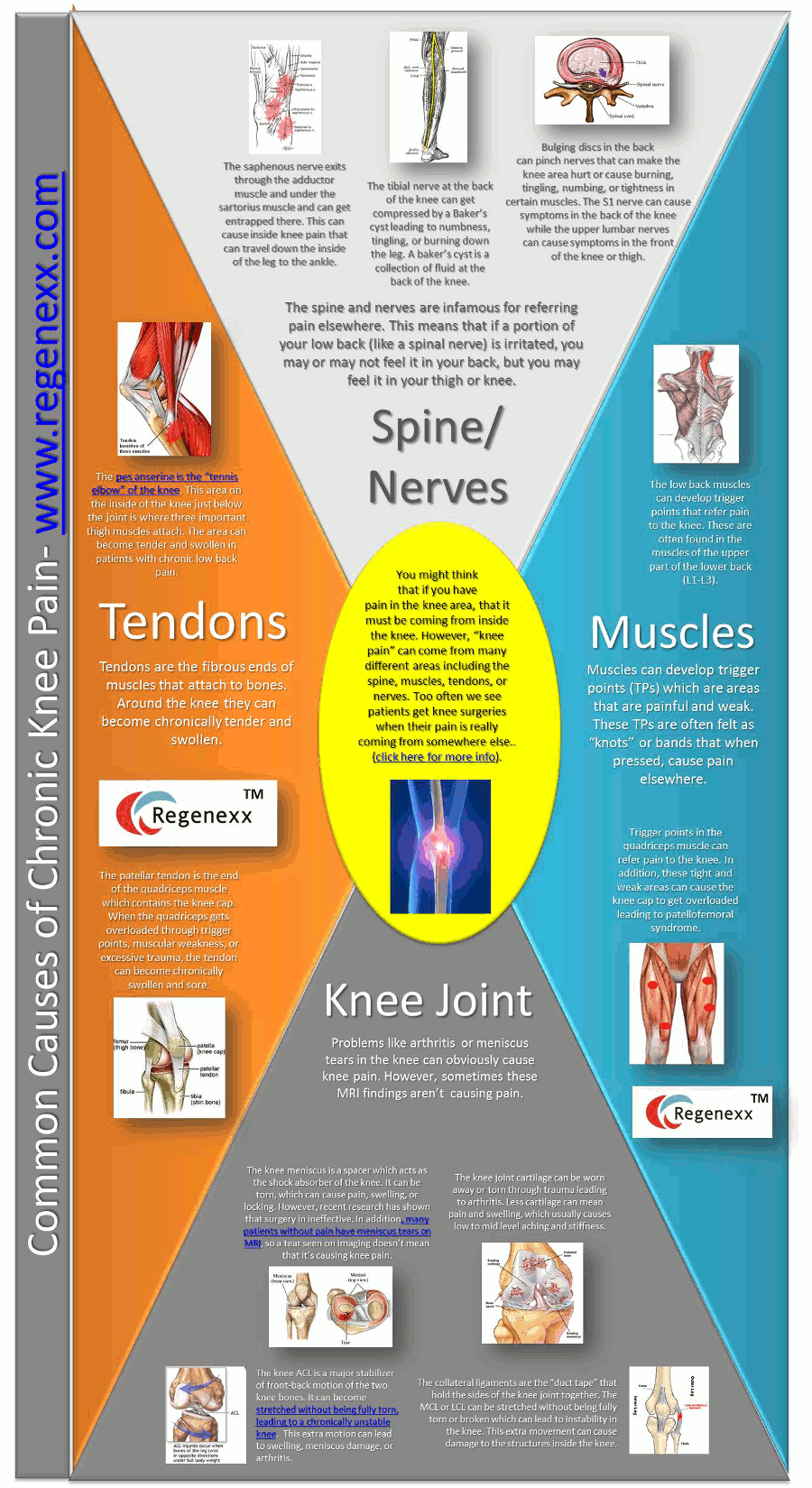The knee is considerably the largest joint in human body. It allows the leg to perform bending where thighbone (femur) attaches to shinbone (tibia). Because of this movement, it lets body perform a lot of activities such as walking, running, squatting, climbing and a lot more. The knee is considered a small system in the body that consists of some components or parts that surround it which make it capable of bending. It is also capable of protecting your body from injury.
What are The Possible Causes of Meniscus Tear?
Forceful twist can lead to the end of the thighbone to grind in the top of shinbone which can eventually result to the tearing of the meniscus cartilage. This kind of injury may also occur during a deep kneeling or squatting especially when the body is lifting an enormous weight during this time. Usually, athletes are very prone to this kind of knee cartilage damage. During the sports activities, the motions that involve pivoting maneuvers will end-up with a sudden stop are the primary causes of the tear. The common sports that may cause this kind of issue are soccer, basketball, hockey, tennis, badminton, and a lot more especially those sports that require a lot of knee movement.
Aside from the mentioned sports and activities, another factor that could contribute to the risk that could damage the meniscus is the age. As a person ages, the cartilage gradually wears and will also lose its resilience and the blood supply. Gaining excess body weight may cause additional stress on the meniscus – this is a big factor as well. Upon experiencing a torn meniscus, some people are already aware of it because of the apparent injury that happened.
The individual affected by this may hear a pop on his or her knee or he or she can feel a throbbing pain at the onset of the injury. Along with it, there is an inflammation which includes swelling around the knee and a tremendous pain depending on the severity of the tear. The inflammation will occur next to the injury after a few hours. It is hard for the injured knee to move and when the fluid accumulates, it is merely impossible to fully extend the leg or if so, it will really inflict a tremendous pain to the injured person.
There are also instances that the swelling is hard to notice at all and the person that suffered from injury is unaware of the meniscus tear because there are no immediate symptoms felt. However, symptoms may develop on a later part after the said injury which may include some or all of the following symptoms:
The 5 Most Common Lateral Meniscus Tear Symptoms
1. During a long distance walk or run, pain on the knee could be felt.
2. Intermittent inflammation around the knee joint. The person suffering from meniscus tear may feel tight on the part of the knee.
3. Popping on the knee could be heard when the leg is bending.
4. There is an instance that the knee will lock. It will be hard for the leg to extend because the part of the torn meniscus blocks the knee joints.
5. A feeling that the knee is about to give-away. Actually, what the patient can feel is real and it will cause them to fall.
